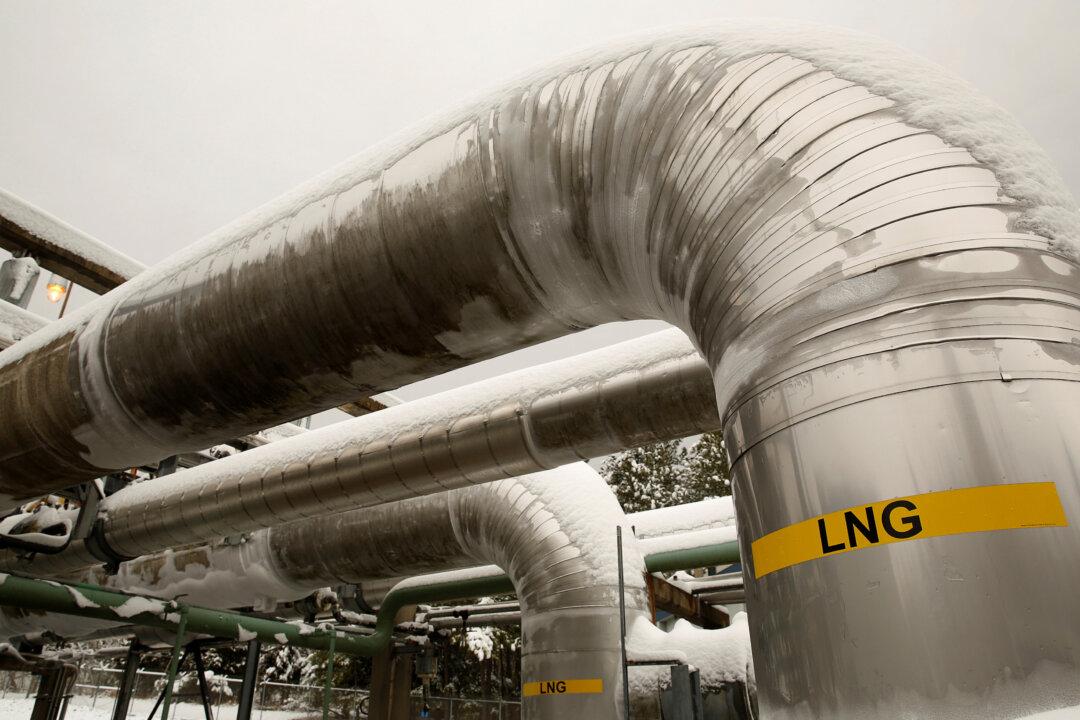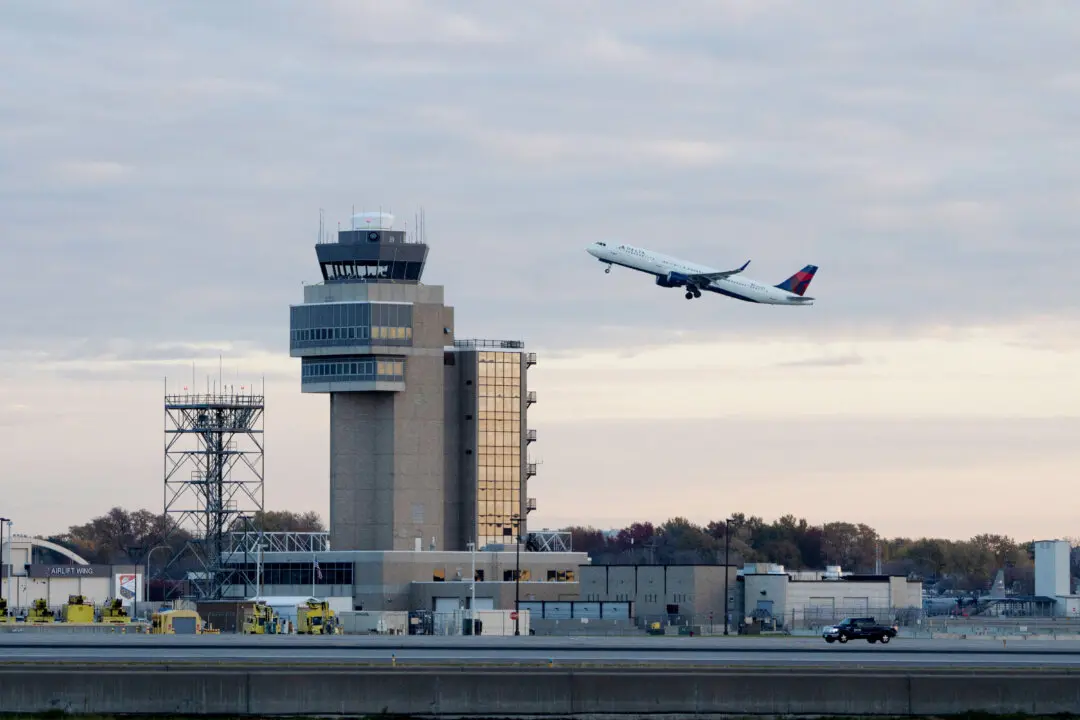A blast at a Freeport LNG facility in Quintana Island, Texas, on June 8 has forced the plant to shut down, raising concerns about natural gas supply issues.
“An incident occurred at the Freeport LNG facility on Quintana Island at about 11:40 am. There were no injuries, all employees and contractors have been accounted for and there is no risk to the surrounding community. The incident investigation will continue,” Freeport LNG said in a statement, according to Click2Houston. It is unknown what caused the explosion. The facility will remain closed for a minimum of three weeks.





